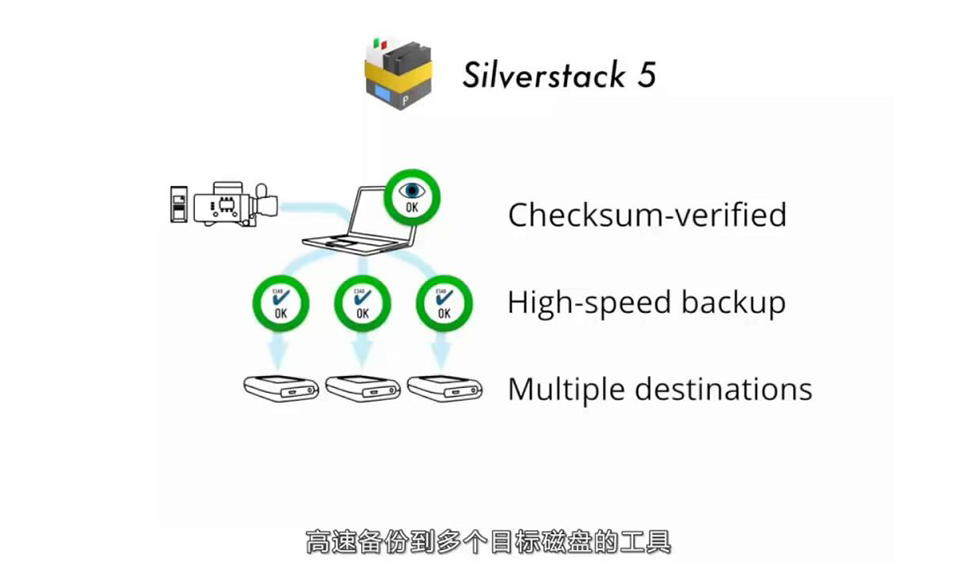

Once the connection is established, it is a simple matter of launching Livegrade Studio software and adding the Tessera processor as a device via the main menu or through the ‘Device Manager’. 3D LUTs are frequently used for technical and creative colour correction tasks such as display calibration, colour space conversion, on-set camera tuning, creating special effects such as monochrome or sepia, boosting shadows and highlights, or simply replicating the look of a particular film emulsion in post-production.įor users to be able to export 3D LUT information from Livegrade Studio, the Tessera processor needs to be on the same local area network as an Apple Mac running Livegrade Studio. Livegrade users can now send 3D LUTs in near real time using Brompton’s API, thus taking full advantage of Livegrade’s powerful live grading features when working with LED screens using Brompton’s Tessera processing.Įssential in applications such as image editing, film and video, 3D LUTs are used to remap the input colour values of source pixels to new output values based on data contained within the 3D LUT, thus offering a kind of colour pre-set that can be applied to images or footage. This makes use of the innovative 3D LUT Import feature offered by the latest Tessera v3.2 software. Most recently, the pioneering German software manufacturer has extended Livegrade Studio, its leading app for live grading and integration of digital imaging processes on-set, to export 3D LUTs (Look Up Tables) directly to Brompton Technology’s Tessera SX40 or S8 processors via a network connection.

#Pomfort silverstack movie#
Known for its flagship software products, Silverstack and Livegrade, Pomfort has been simplifying digital movie production workflows for over 10 years.


 0 kommentar(er)
0 kommentar(er)
